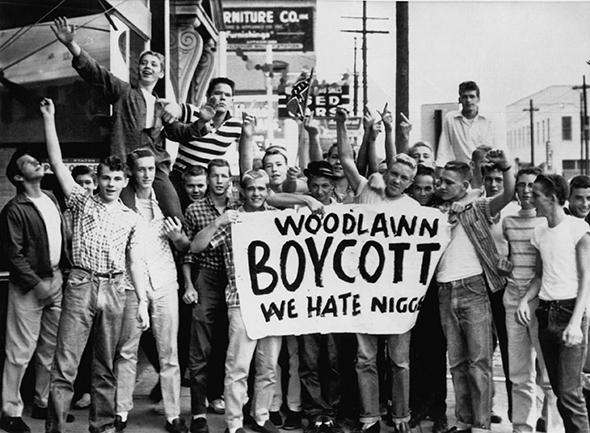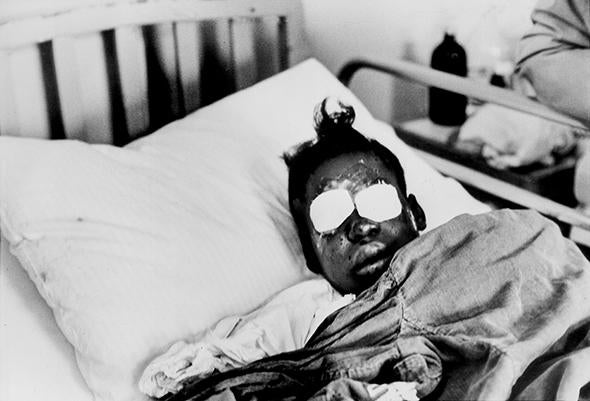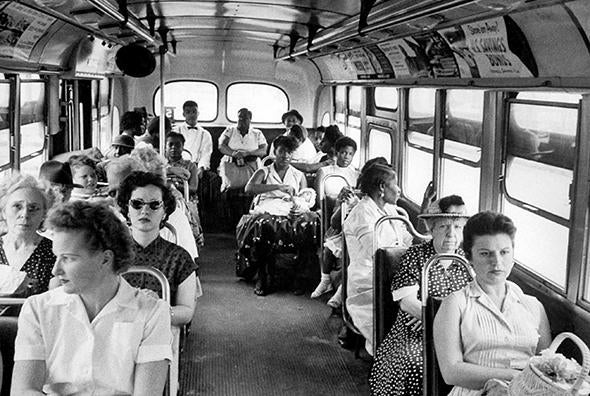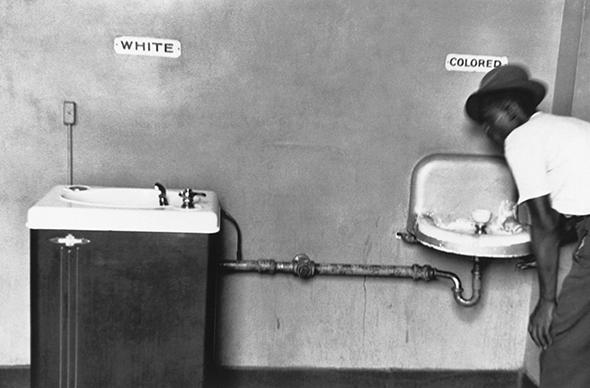Earlier this month, during a speech delivered at Palm Beach Atlantic University in West Palm Beach, Fla., Supreme Court Justice Clarence Thomas argued that Americans are oversensitive and thin-skinned about race. As reported by Yahoo News, Thomas, who grew up in Georgia during the 1950s and ’60s, bemoaned the fact that “we are probably today more race- and difference-conscious than I was in the 1960s when I went to school.” He continued:
To my knowledge, I was the first black kid in Savannah, Ga., to go to a white school. Rarely did the issue of race come up. … Now, name a day it doesn’t come up. Differences in race, differences in sex, somebody doesn’t look at you right, somebody says something. Everybody is sensitive. If I had been as sensitive as that in the 1960s, I’d still be in Savannah. Every person in this room has endured a slight. Every person. Somebody has said something that has hurt their feelings or did something to them—left them out.
“The worst I have been treated,” Thomas went on to add, “was by Northern liberal elites.”
New York magazine’s Jonathan Chait responded to Thomas’ statement with some data about the Georgia of Thomas’ childhood. But sometimes, as they say, a picture is worth a thousand words.

Photo by AFP/Getty Images

Courtesy of the U.S. Army
Maybe the reason the issue of race never came up in Thomas’ boyhood Georgia wasn’t because everyone had thicker skin back then. Maybe the issue never came up because color simply determined everything: where you could sip water, where you could swim, where you could go to school, which doctors you could see, which gas stations would allow you to use their restrooms. Maybe there was a lot less to talk about, not because nobody noticed racial differences but because the legal regime crafted to perpetuate those differences was omnipresent and seemingly impregnable.
People didn’t talk about cancer in the ’50s either. That doesn’t mean it didn’t exist.
Back in the ’50s, of course, the argument that neither blacks nor whites objected to the racial situation in the Jim Crow South was commonplace. In a 1954 TV interview, Georgia Gov. Herman Talmadge made pretty much the same point.
Talmadge also inveighed against the slippery slope of oversensitivity to every teensy little slight:
Or maybe folks were more sensitive to the realities of race than Talmadge would have believed:

Photo by Frank Dandridge/Time Life Pictures/Getty Images
Bruce Gordon was a 22-year-old organizer for the Student Nonviolent Coordinating Committee in Selma, Ala. He thought it was important to talk about race in the South in this 1967 interview. And he didn’t think black people were content with their lot.
Martin Luther King Jr. appeared on a program called The Open Mind in 1957 to discuss “The New Negro.” It’s a 30-minute interview but worth every minute of your time, if for no other reason than that it suggests people had a lot to say about race and that it’s terrifically important that they said it.

Courtesy of the Library of Congress
And this:

Photo by Stan Wayman/Time Life Pictures/Getty Images
The American South was a horrible place to live for a very long time if you were black. To deny that truth, and to suggest that things were better then for the lack of talking about it, is to deny a basic fact of American history.
